Saving a life in nonclinical areas now within reach
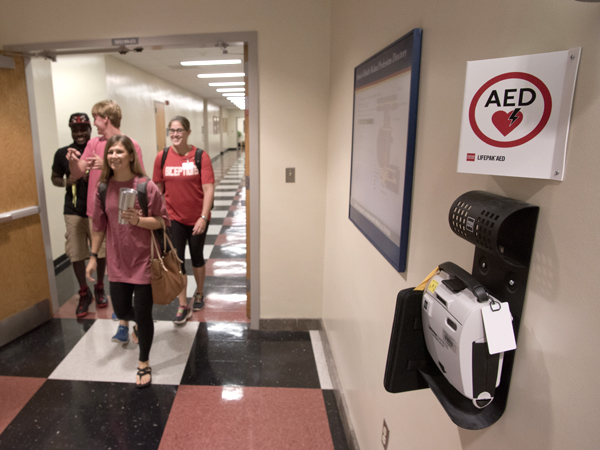
Published in News Stories on October 08, 2015
Medical professionals aren't the only individuals capable of saving lives on the Medical Center campus, thanks to a recent initiative from the Office of the Vice Chancellor.
Automated external defibrillators (AEDs) have been placed in 20 nonclinical locations throughout campus and in all Campus Police patrol cars to diagnose life-threatening cardiac arrhythmias of ventricular fibrillation and ventricular tachycardia and to provide treatment through defibrillation. (Click to download map showing AED locations)
The portable devices are part of a three-pronged approach to improving the institution's on-campus emergency response capability, said Jonathan Wilson, chief administrative officer.
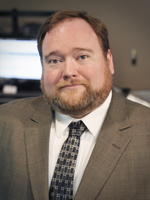
Wilson
“One of the institution's biggest responsibilities is to the safety of everyone on campus,” Wilson said. “Medical emergencies can happen anytime, anywhere. From the School of Health Related Professions to the Clinical Science Building, how do we get medical assistance there as quickly as possible?
“The placement of AEDs is a large part of that.”
Along with the new machines, cardiopulmonary resuscitation (CPR), basic life support and AED training is being provided free of charge for all Campus Police officers, volunteers in the Division of Physical Facilities and various administrative support personnel. Enhanced coordination between the Medical Center, off-campus 911 emergency dispatchers, local ambulance companies and the Jackson Fire Department also is helping emergency responders quickly navigate the construction-laden campus and get to where they're needed most as swiftly as possible.
“We needed a system in place that provided the right life-saving equipment, well-trained personnel and coordination of 911 to give us the best chance of saving someone's life on campus,” Wilson said. “Police cars are very mobile, so having AEDs in every car can be very advantageous. And whenever an ambulance or a fire truck comes on campus, Campus Police will be notified and will give them an escort directly to where they're going to cut down on the response time.”
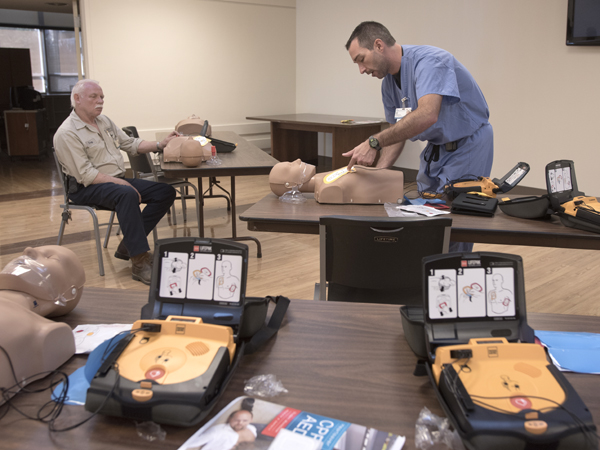
Jason Smith, right, emergency services manager, instructs a group of physical facilities employees, including Troy Bunn, how to use an AED.
Few Medical Center divisions have embraced this enhanced approach to emergency preparedness more than Physical Facilities: approximately 120 employees - well more than one out of every three staff members - have volunteered for CPR and AED training.
According to Yvette Galloway, program administrator in physical facilities, the training not only offers invaluable information, but provides peace of mind.
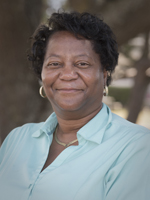
Galloway
“A number of our employees were concerned about their fellow employees,” said Galloway, who has taken the training class. “From time to time, our employees have had to help their colleagues get to the ER when they became ill at work.
“Having been trained, it makes me happy, makes me feel like I'm helping somebody. It's a warm feeling inside knowing that, when you walk into a room and a person is down, you know the steps. You might be a little nervous or a little scared when something happens, but you know what to do.”
Whether or not they have completed training, employees should always remember one rule during any emergency, according to Donna Norris, clinical director of Mississippi Med-Com.
“Even if you know what you're doing, you still need help,” she said. “Regardless of one's ability to operate an AED machine, the importance of calling 911 in any emergency is paramount.”
And the importance of basic life support training, according to Galloway, can't be fully measured.
“The training can help us at home as well as at work,” she said. “These events, we just don't know when they're going to happen. It's like a silent killer nobody knows.
“It adds to your confidence to know what to do.”
To receive training:
UMMC employees can make a request for CPR and AED training, which takes approximately three-and-a-half hours to complete, through the Continuing Education Office at https://www.umc.edu/celive/ or email Michelle Schweinfurth at mschweinfurth2@umc.edu.
Photos
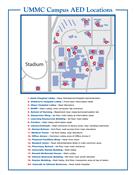 | High Resolution Medium Resolution Low Resolution |


